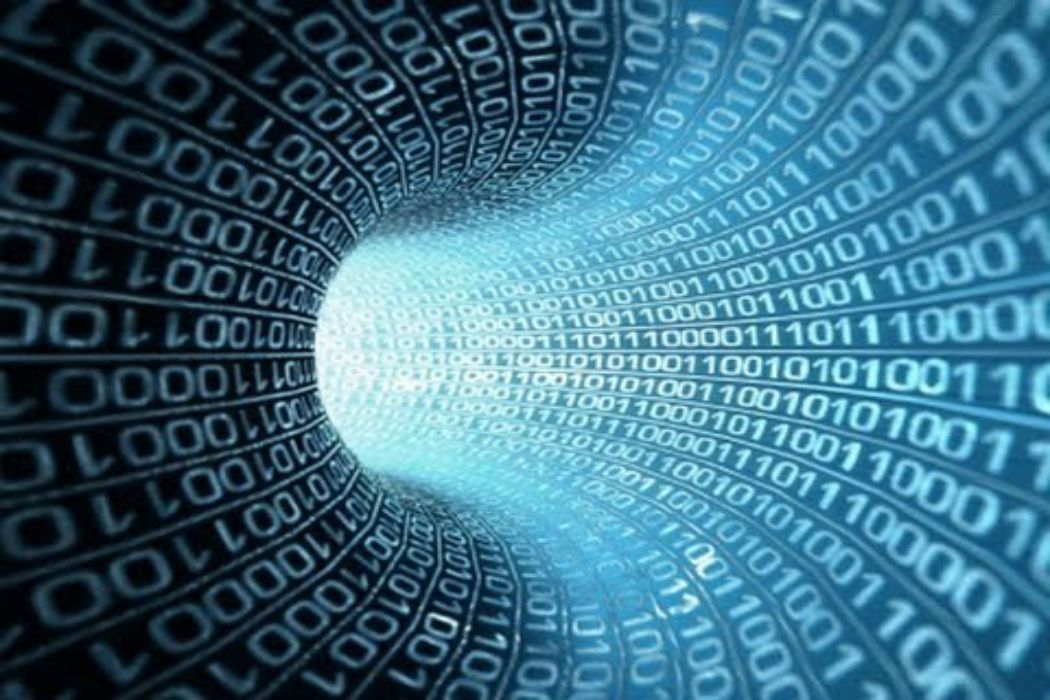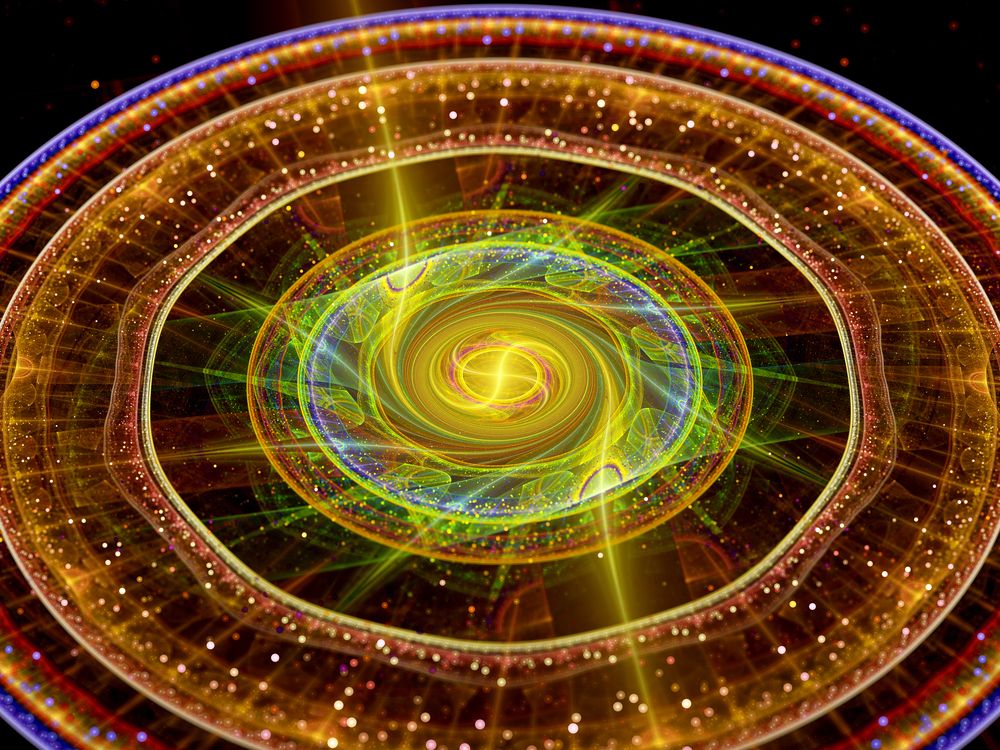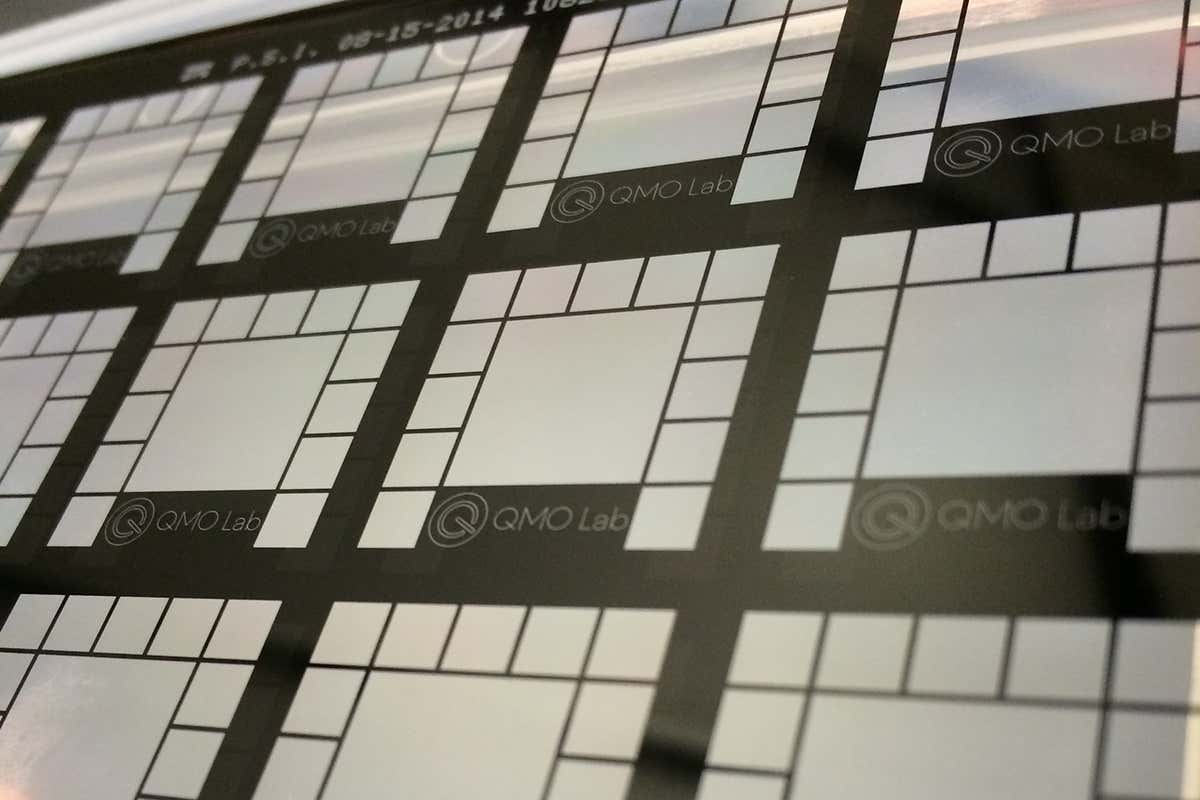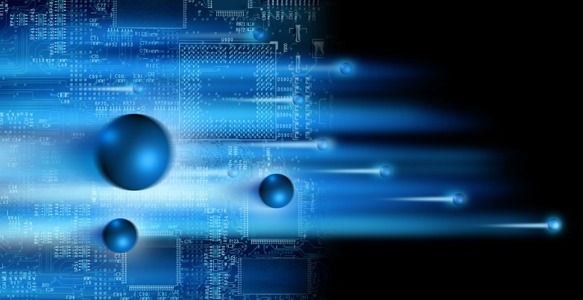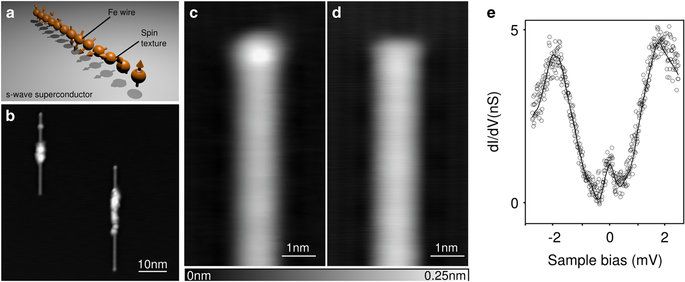Archive for the ‘quantum physics’ category: Page 745
Dec 10, 2016
Quantum leaps needed for new computer approach
Posted by Karen Hurst in categories: computing, finance, government, military, quantum physics
Glad that the author is highlighting the need for investment; however, the US government has had a quantum network since 1991. Wall Street, various overseas banks, ISPs, etc. well over a year to 2 years ago. And, tech has invested in QC for a decade or longer. So, the article raises the need for investing in QC; however, the investing is no longer experimental as it is now about the daily usage of this technology as well as planning for technical transformation that is coming in the next 5 to 7 years.
Researchers led by Lockheed Martin and IBM are pushing quantum computing prototypes and military applications.
Dec 10, 2016
Further Improvement of Qubit Lifetime for Quantum Computers
Posted by Karen Hurst in categories: computing, quantum physics
An international team of scientists has succeeded in making further improvements to the lifetime of superconducting quantum circuits. An important prerequisite for the realization of high-performance quantum computers is that the stored data should remain intact for as long as possible. The researchers, including Jülich physicist Dr. Gianluigi Catelani, have developed and tested a technique that removes unpaired electrons from the circuits. These are known to shorten the qubit lifetime (Science, DOI: 10.1126/science.aah5844).
Quantum computers could one day achieve significantly higher computing speeds than conventional digital computers in performing certain types of tasks. Superconducting circuits belong to the most promising candidates for implementing quantum bits, known as qubits, with which quantum computers can store and process information. The high error rates associated with previously available qubits have up to now limited the size and efficiency of quantum computers. Dr. Gianluigi Catelani of the Peter Grünberg Institute (PGI-2) in Jülich, together with his colleagues has now found a way to prolong the time in which the superconducting circuits are able to store a “0” or a “1” without errors. Beside Catelani, the team comprises researchers working in the USA (Massachusetts Institute of Technology, Lincoln Laboratory, and the University of California, Berkeley), Japan (RIKEN), and Sweden (Chalmers University of Technology).
When superconducting materials are cooled below a material-specific critical temperature, electrons come together to form pairs; then current can flow without resistance. However, so far it has not been possible to build superconducting circuits in which all electrons bundle together. Single electrons remain unpaired and are unable to flow without resistance. Due to these so-called quasiparticles, energy is lost and this limits the length of time that the circuits can store data.
Continue reading “Further Improvement of Qubit Lifetime for Quantum Computers” »
Dec 10, 2016
Extremely Rare Quantum Spin Liquid Observed In Crystal Point
Posted by Karen Hurst in categories: particle physics, quantum physics
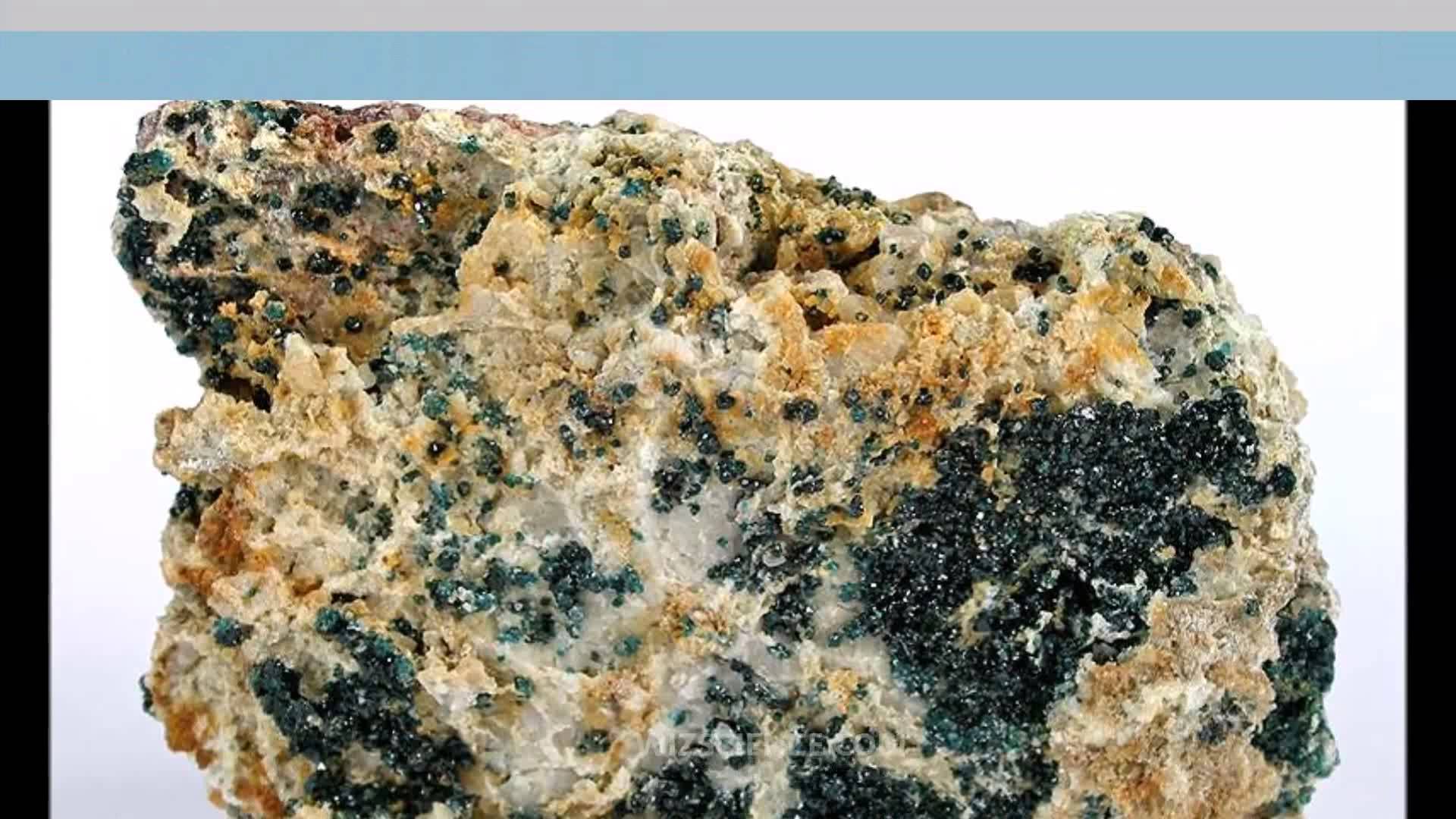
https://youtube.com/watch?v=sG8oUPMWxkg
Quantum spin liquid, a very rare state of matter, has been observed in a new crystal especially designed with the hopes of using its unique quantum properties.
The crystal, an ytterbium compound with the formula YbMgGaO4, was first synthesized by Chinese scientists for the first time in 2015. Now, in a new study published in the journal Nature, researchers from the United States suggest that the new material can produce a quantum spin liquid when frozen to temperatures near absolute zero. At present, only a few materials are believed to possess these properties.
Continue reading “Extremely Rare Quantum Spin Liquid Observed In Crystal Point” »
Dec 9, 2016
Quantum Telepathy: Why Science Needs Weird Ideas to Advance
Posted by Shane Hinshaw in categories: quantum physics, science
George Musser explains the central role of weirdness in physics, and shatters the dreams of those who hope humans can one day tap into psychic powers.
Dec 6, 2016
US Lead in Quantum Computing ‘Under Siege,’ Says White House Cyber Adviser
Posted by Karen Hurst in categories: computing, quantum physics
Dec 6, 2016
New Developments in Quantum Computing Impact Bitcoin
Posted by Karen Hurst in categories: bitcoin, computing, encryption, information science, quantum physics
Quantum computing might be closer than we thought, thanks to a series of newly developed scientific methods. Furthermore, a new implementation of Shor’s algorithm increases the urgency of getting Bitcoin ready for the advent of quantum computing.
Also read: NIST Starts Developing Quantum-Resistant Cryptography Standards.
Dec 6, 2016
Quantum solar cells could explain why plants are green
Posted by Karen Hurst in categories: quantum physics, solar power, sustainability
Quantum exposed the truth about why vegetation is often green.
An attempt to make more efficient solar cells shows that green light might be the least useful hue – maybe that’s why plants reflect it.
Dec 6, 2016
Quantum computing: Probable solutions incredibly fast
Posted by Karen Hurst in categories: computing, quantum physics
Although mainstream quantum computing is still years off, agencies are starting to experiment with D-Wave machines for optimization problems.
Dec 6, 2016
Probing atomic structure and Majorana wavefunctions in mono-atomic Fe chains on superconducting Pb surface
Posted by Karen Hurst in categories: nanotechnology, particle physics, quantum physics
Nice paper on Majorana fermions for information units in QC.
Majorana bound states in one-dimensional nanowires have attracted wide attention in recent years due to their potential use as qubits for topological quantum computation based on braiding.

